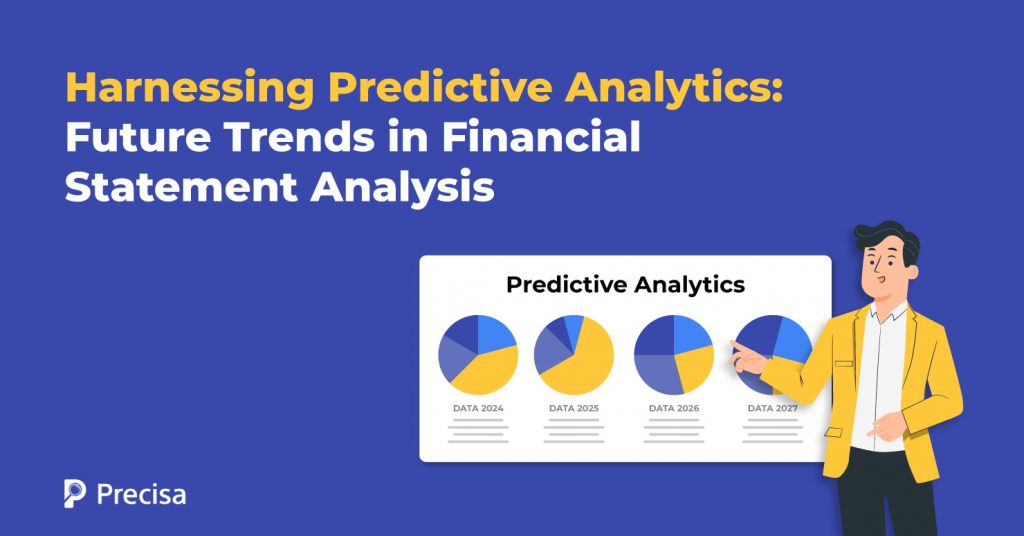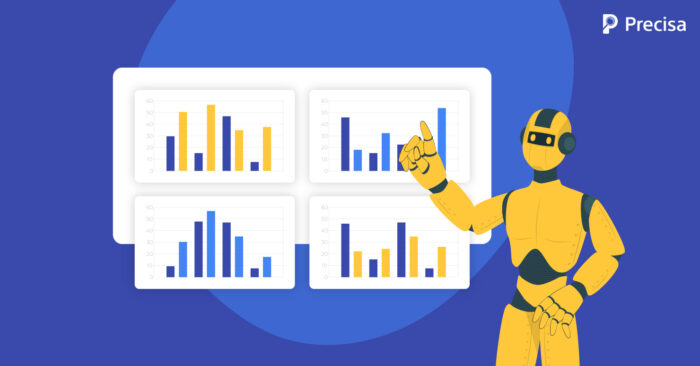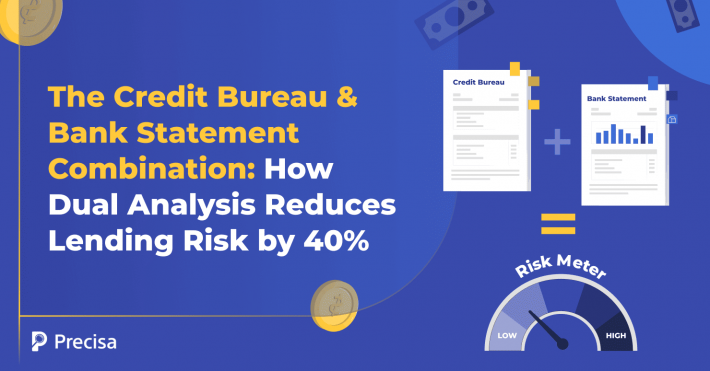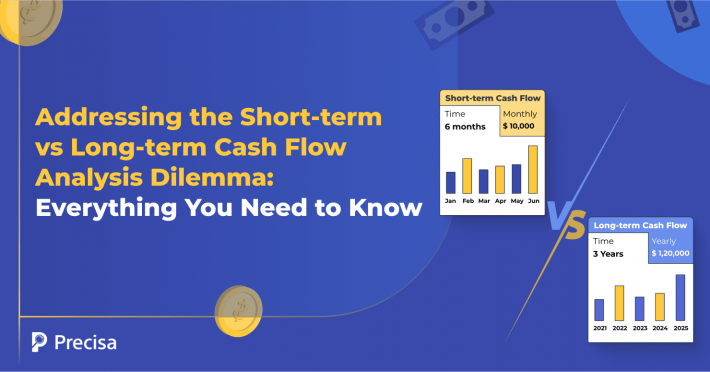Harnessing Predictive Analytics: Future Trends in Financial Statement Analysis

Financial statement analysis generally assesses a firm’s financial health and performance. The income statement, cash flows, balance sheet, etc., present historical data in a structured form, aiding in informed decision-making.
Financial statements are useful in understanding what has happened but are limited in forecasting ability. Now, imagine a proactive tool that can go beyond the scope of these statements to foresee trends, personalise customer experiences and outsmart frauds. Predictive analysis makes all these come true.
In the Indian financial sector, which is experiencing rapid digital transformation, predictive models have become more critical than ever. Let’s understand the nuance comprehensively in this article.
Evolution of Financial Statement Analysis
Traditionally, financial statements analysis has focused on past data to assess the financial standing of a firm. The backward-looking nature does not account for changing market conditions or emerging risks. Further, the heavy reliance on manual processes makes it prone to errors and even judgment biases.
Warren Buffett once remarked, “In the financial world, the rear-view is always clearer than the windshield,” emphasising the limitations of sole reliance on past data.
Innovative predictive analytics deals with these challenges by leveraging machine learning, statistical models, and data mining to provide forward-looking insights. As a result, it makes financial statement analysis more robust and accommodating to evolving complexities.
The global predictive analytics market is expected to reach $95.30 billion by 2032, a CAGR of 23.1%, highlighting the growing adoption in the financial sector.
Role of Predictive Analysis in Financial Statement Analysis
Harnessing predictive analysis techniques in financial statement analysis offers key benefits such as:
1. Precision in Forecasting Future Figures
The calculations in financial statements comprise multiple assumptions, which may affect the accuracy of predictions. Predictive analytics has the capability of processing massive data with accuracy. It allows financial institutions to make informed decisions, providing a more dynamic view of a firm’s health.
2. Credit Risk Assessment and Fraud Prevention
The financial statements provide information about the applicant’s liquidity, solvency, credit risk, etc.
The predictive modelling tools offer a holistic view of the risk profile by analysing the static information, market trends, and even non-financial data. Indian firms can use this to manage their portfolios better and mitigate associated risks.
Advanced detection algorithms use pattern analysis to find anomalies, if any, thus preventing fraud through early detection.
A report by McKinsey mentions that effective implementation of predictive analytics can reduce fraud losses by over 30%.
3. Trend Analysis
Predictive analytics becomes crucial to understanding dynamic markets like India, where factors like regulatory changes, political shifts, etc., can rapidly alter the economic landscape.
Analysis of vast datasets allows one to anticipate changes in market trends, which can be used to get a competitive edge and strengthen financial position.
For example, the GSTR Analysis of Precisa allows firms to adjust their pricing strategies and cost structure in real time.
4. Cost-reduction and Faster Processing
Financial statement analysis involves several steps requiring deep insights into historical data. However, manually analysing multiple reports and inferring data can be challenging.
Predictive analytics algorithms examine financial statements faster and generate insightful information that can be used to provide customised services. Thus, it lowers and optimises the firm’s expenditure.
5. Innovation
Predictive analysis models facilitate quick deployment and testing of what-if scenarios without significant investment in a controlled, data-driven environment. Further, automating redundant processes allows financial institutions to focus more on innovating new products and services.
For example, Indian markets relied heavily on historical data and credit scores for credit assessment. Now, financial firms are using predictive analytics to experiment with other credit scoring models like transaction patterns, mobile wallet usage, etc.
Emerging Trends in Predictive Analytics for Indian Firms

The following emerging trends in predictive analytics will further enhance the capabilities of financial statement analysis:
1. Artificial Intelligence (AI) Integration
Adopting AI technology will transform financial statement analysis, making it a smarter tool. The integration will make it capable of capturing complex patterns and relationships in data.
2. Real-Time Financial Analysis
Rising adoption of digitisation and cloud computing firms are moving towards real-time financial analysis. This ensures prompt decision-making and robust risk management. It further democratises data, making predictive analytics accessible to small and medium-sized enterprises.
By 2027, Gartner reports, 90% of “what happened” and “how or why it happened” analytics in finance will be fully automated.
3. Incorporation of Non-Financial Data
Future predictive models will see a rise in integrating non-financial data such as macroeconomic indicators, regulatory updates, public sentiments, etc.
Natural language processing (NLP) models may accomplish this by processing unstructured data and converting it into actionable insights.
For instance, Indian banks used NLP-based predictive tools to analyse borrowers’ sentiments from their conversations to deal with the backlog of pending loans after the RBI lived moratorium on loan payments.
4. Sector-Specific Models
India’s diverse economy comprises various sectors exhibiting unique characteristics of its own. By tailoring predictive analytics to each industry, companies can access more accurate, actionable insights, leading to better financial management.
For example, agriculture models must incorporate monsoon forecasts and global technology trends in the IT sector.
The Takeaway
There are immense benefits to harnessing predictive analytics in financial statement analysis. As these technologies continue to evolve, it is equally important to manage coming challenges by employing robust security models, ensuring the reliability and authenticity of data, and capacity building of skilled professionals through regular training.
Precisa is a cloud-based financial analytics platform that enables institutions to incorporate predictive models in their financial statement analysis using its bank statement analysis tool.
Users can directly upload their bank statements or fetch data from banks via an Account aggregator integration for quick and error-free services. The platform also provides real-time fetching of credit reports to get a holistic view of firms’ financial health.
The platform offers user-friendly solutions like credit report analysis, generating cross-analysis, and assessing overall creditworthiness scores.
Sign up for a free trial to know more!



